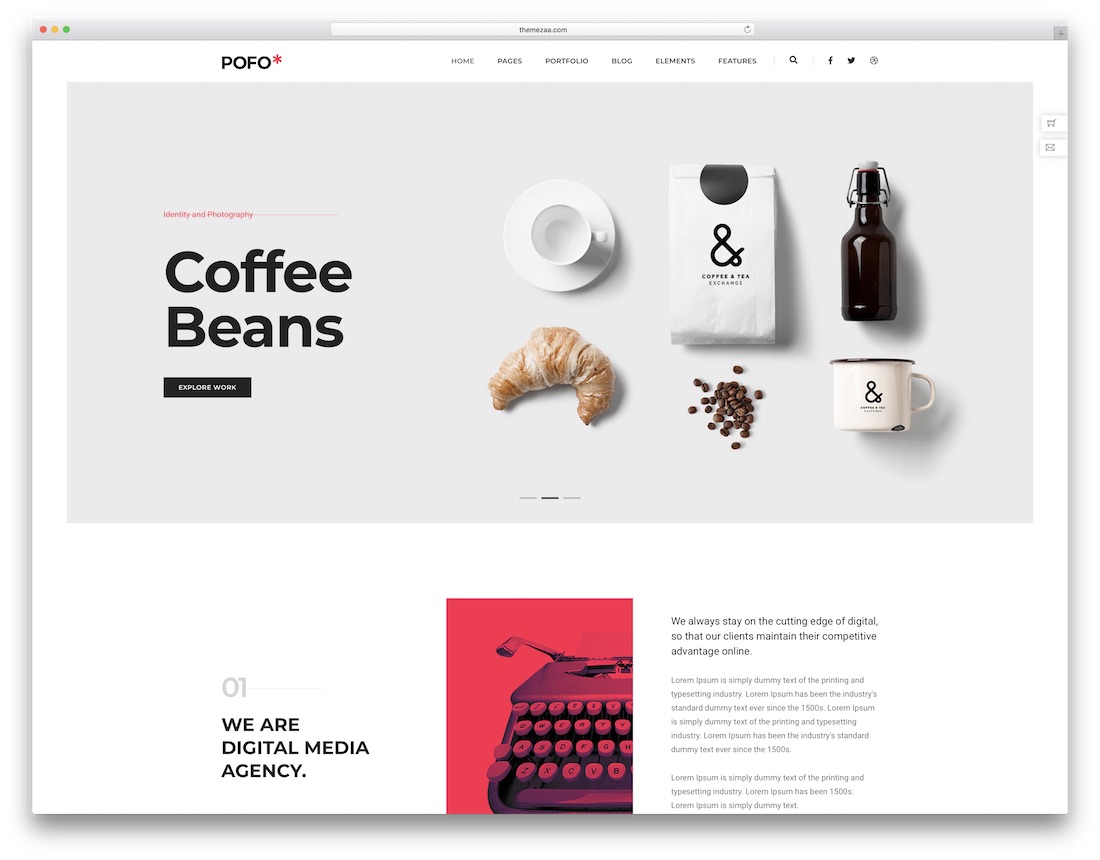News Blast
Your daily source for breaking news and insightful articles.
Visually Speaking: How Design Talks in Web Space
Discover how design speaks volumes in web space and transforms user experiences—unlock the secrets to captivating visuals today!
The Psychology of Color in Web Design: How Colors Influence User Perception
The psychology of color plays a crucial role in web design, influencing how users perceive and interact with a website. Different colors evoke various emotions and responses; for example, blue is often associated with trust and dependability, making it a popular choice for corporate websites. In contrast, warm colors like red and orange can create a sense of urgency and excitement, which is why they're frequently used in calls to action. Understanding these color associations allows designers to strategically select their palettes, enhancing user experience and encouraging desired actions.
Moreover, color schemes can significantly affect user engagement and brand recognition. Consistent use of specific colors can foster a sense of familiarity and loyalty among users, creating a memorable online identity. For instance, brands like Coca-Cola and McDonald's have effectively used their signature colors to create immediate recognition and emotional attachment. By leveraging the power of color psychology, web designers can not only enhance the visual appeal of a site but also guide users through their journey, ensuring a more effective and enjoyable experience.

Designing for Attention: Key Principles of Effective Web Layouts
Designing for attention is crucial in today's fast-paced digital landscape, where users are bombarded with information. A well-structured web layout not only captivates visitors but also enhances their overall experience. To create effective web layouts, consider incorporating principles such as hierarchy, contrast, and whitespace. By prioritizing content using visual hierarchy, you can guide users’ eyes to the most important elements first. This can be achieved through varying font sizes, colors, and positioning on the page.
Moreover, leveraging contrast helps key messages stand out, making it easier for users to digest content quickly. This can include contrasting colors for background and text or using different font styles to distinguish headings from body text. Lastly, do not underestimate the power of whitespace; it reduces clutter and allows users to focus on individual components without feeling overwhelmed. By meticulously applying these principles, you can significantly improve user engagement and retention on your website.
Visual Storytelling in Web Design: How to Engage Users with Imagery and Graphics
Visual storytelling in web design is a powerful technique that uses imagery and graphics to create an emotional connection with users. By incorporating high-quality visuals, designers can effectively communicate their brand's message, evoke emotions, and enhance user engagement. The right combination of images, colors, and fonts can transform a standard website into a visually captivating experience, making it easier for users to navigate and absorb information. To achieve this, it's important to identify the core message you want to convey and select visuals that complement and enhance that narrative.
One effective method to implement visual storytelling is through infographics and data visualizations. These graphic representations not only make complex information more digestible but also create a more interactive and engaging user experience. For example, consider using charts or icons to highlight key statistics or facts. Additionally, incorporating high-quality images that resonate with your target audience can greatly enhance the overall aesthetic and functionality of your website. Remember, in the realm of web design, a well-crafted visual story can significantly boost user retention and encourage visitors to explore your content further.